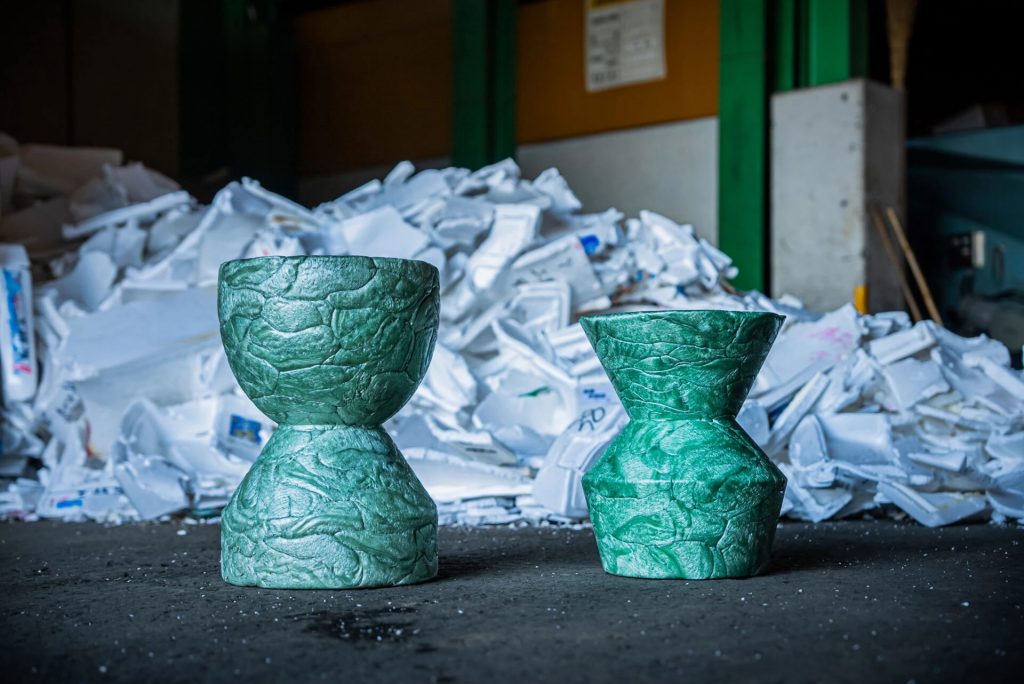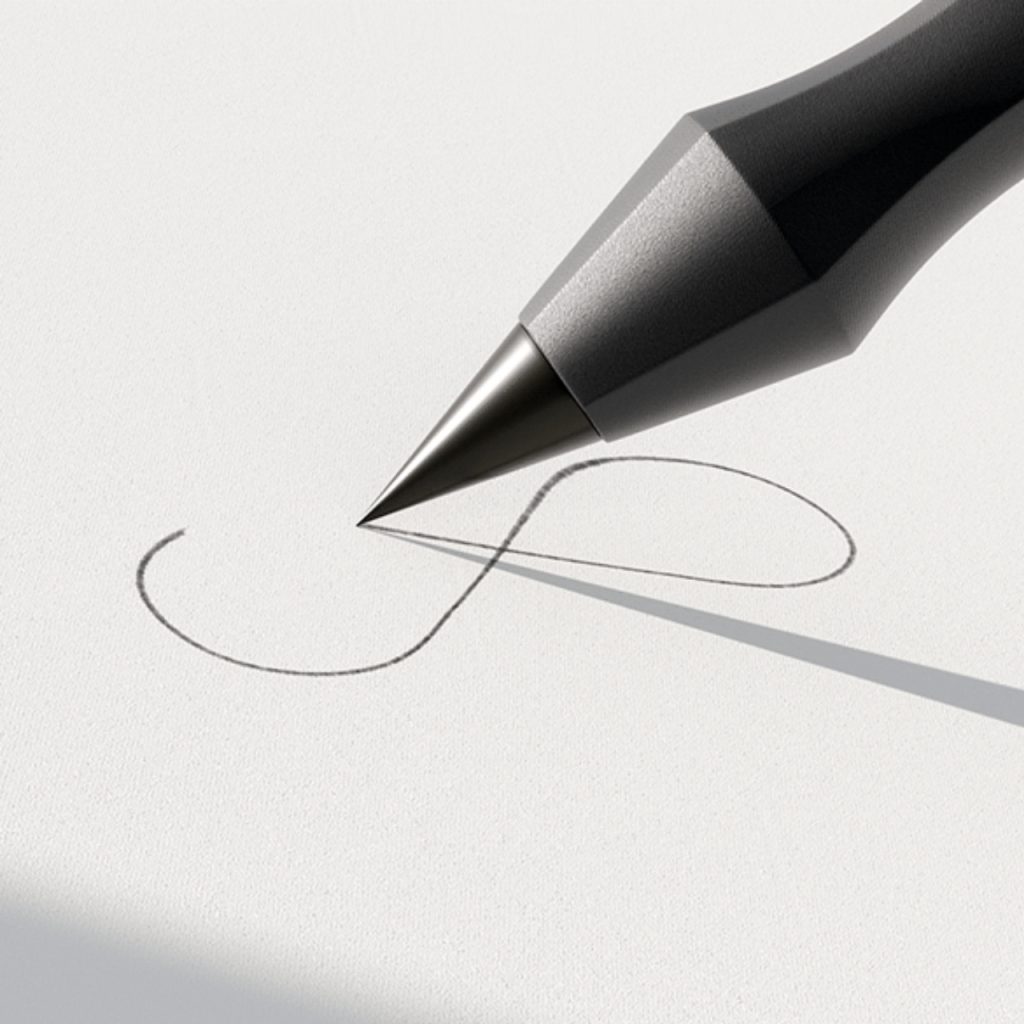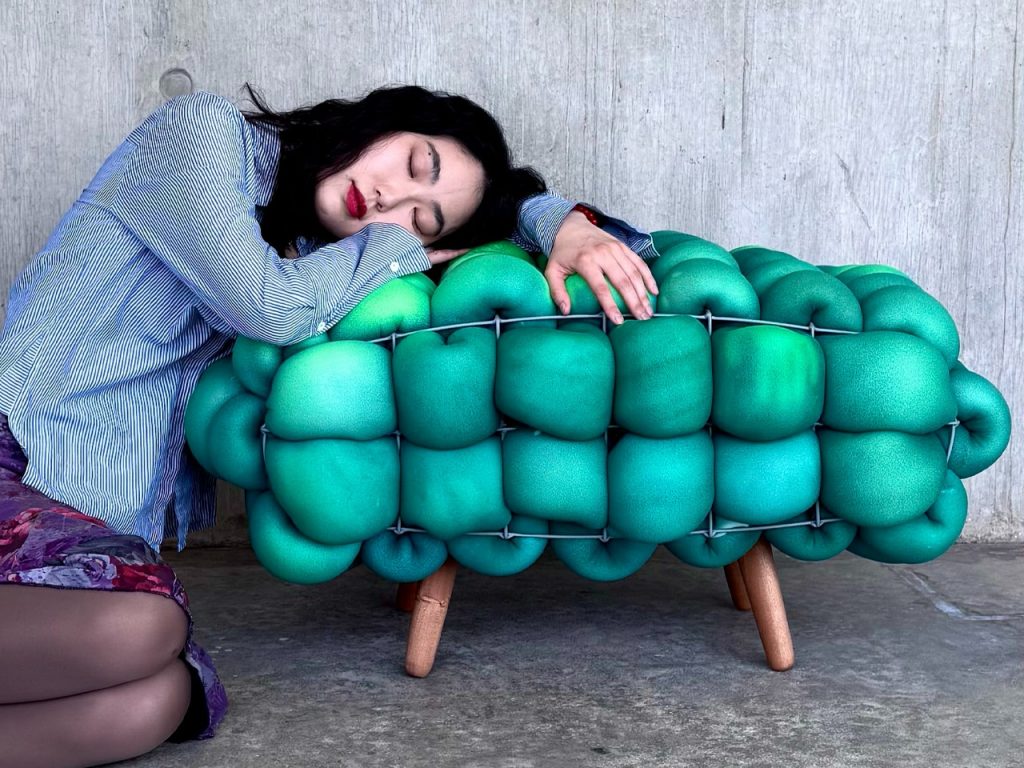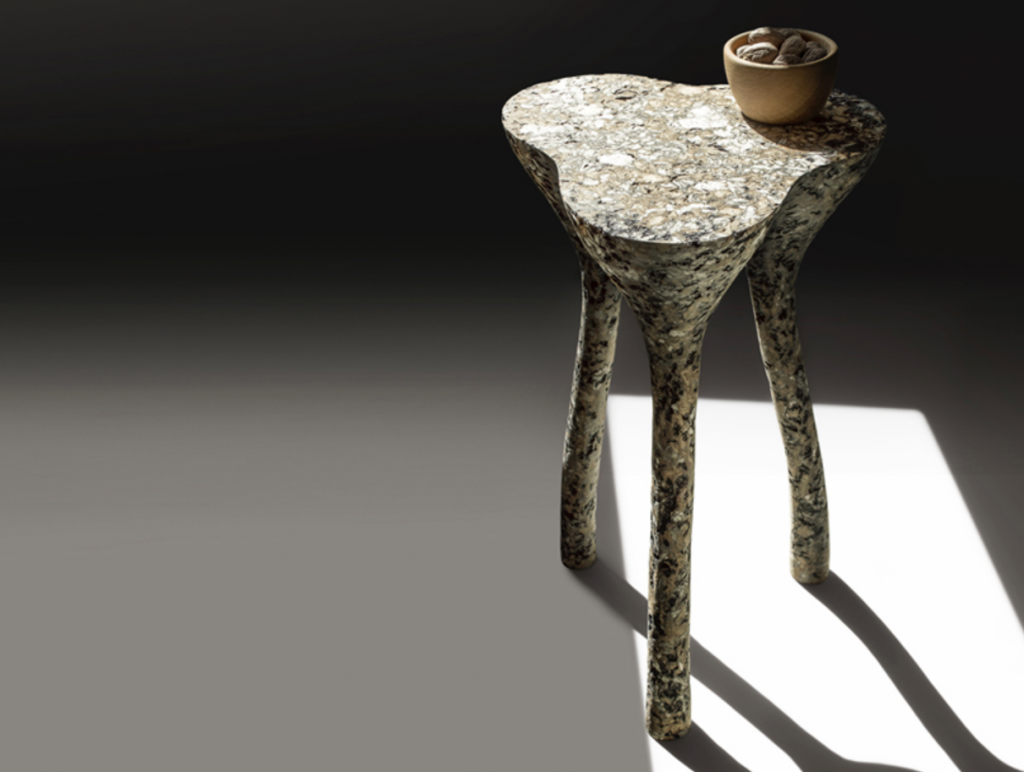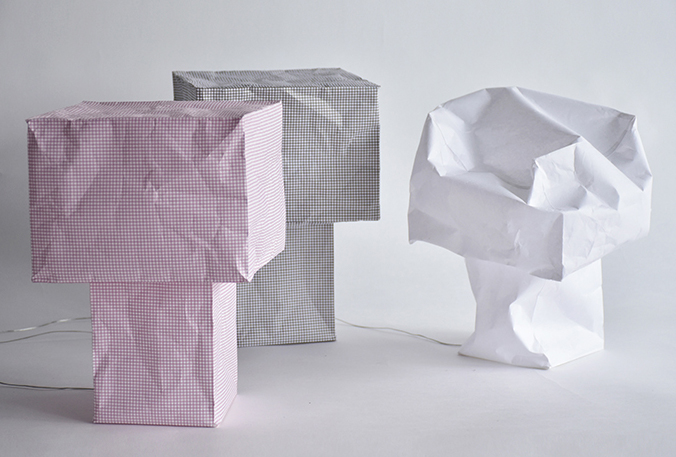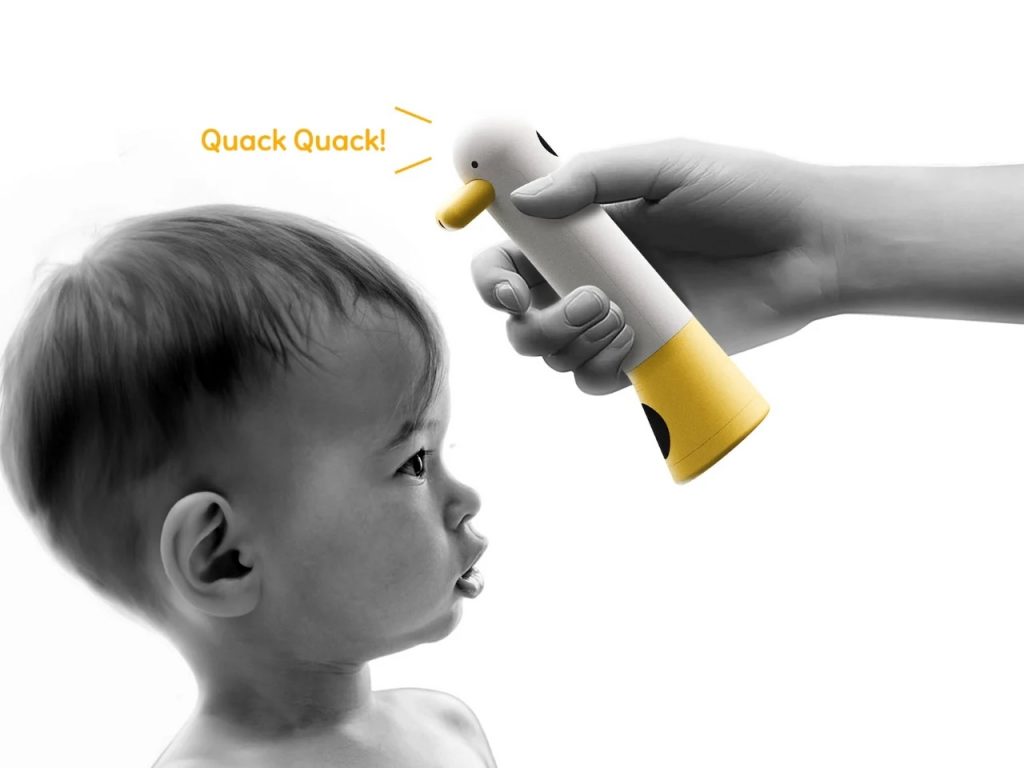As sustainable design evolves, the challenge lies not only in recycling materials but also in pushing the boundaries of their aesthetic and functional potential. This second installment explores how designers are experimenting with styrofoam’s physical and visual qualities to create distinctive furniture that balances durability, artistry, and environmental awareness.

